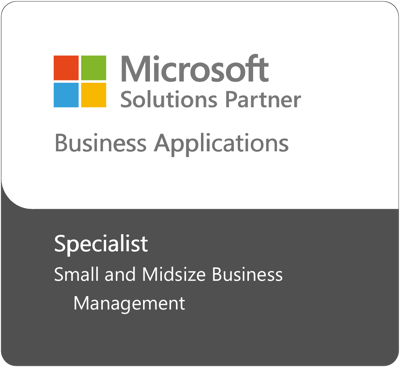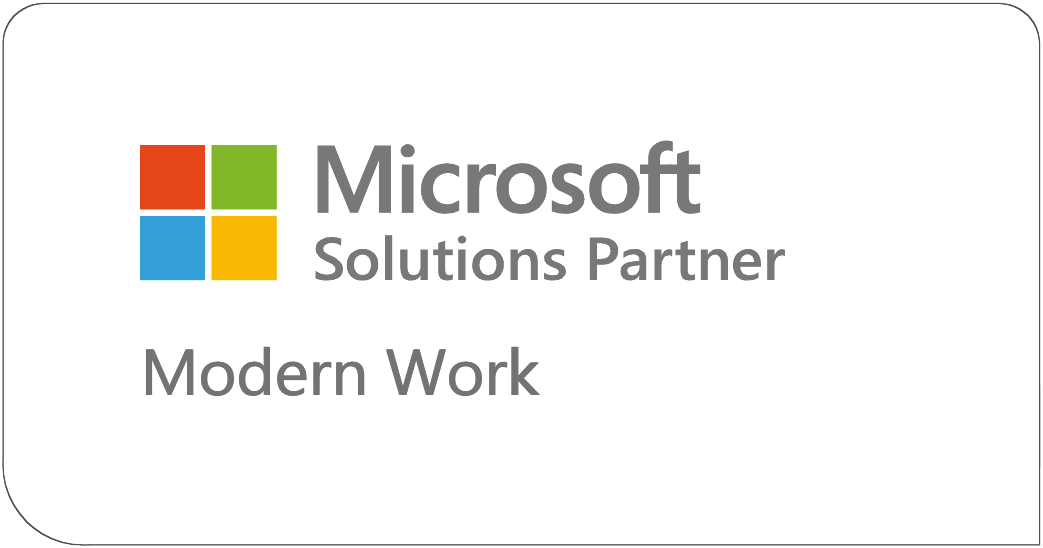Innovia Blog
Learn the Latest in NAV / Business Central
Learn the Latest in NAV / Business Central

The Significance of User Acceptance Testing for a Successful Go Live

Business Central Sales Line Dates User Guide

What’s New in Financial Management in the Business Central 2025 Release Wave 2

Exploring Microsoft Business Central Analysis Mode: A Deep Dive into Pivot Mode Functionality

Mastering ERP for SMBs: The CanadianSME Podcast With Alan Wyne

The Role of Change Management in Successful Organizations
Subscribe for regular updates

Why Copilot Agent Projects Are the Perfect Investment During Economic Uncertainty

Design Details: Cost Adjustment

Is Customer Participation Important When Implementing Business Central?

How to Use Item Charges to Account for Additional Costs in Purchases and Sales
Innovia Headquarters:
1062 Oak Forest Dr.
Suite 300
Onalaska, WI 54650
Phone: 800.834.7700


Innovia is a multiple-award-winning Microsoft Dynamics NAV and Business Central consulting firm known for delivering innovative Microsoft ERP systems while providing exceptional client-focused service.